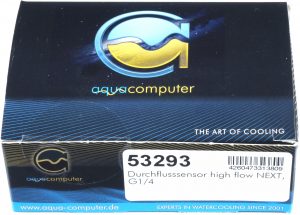 With the Aqua Computer high flow NEXT, the Swiss Army Knife for custom loops with lots of functions and accuracy has been available since this year for just under 70 Euros. Does anyone remember the test of all the flow meters and the grandiose failure of all the display toys that weren’t even good for an estimate? At the time, I was not only annoyed about the lack of quality, but almost branded it as a rip-off.
With the Aqua Computer high flow NEXT, the Swiss Army Knife for custom loops with lots of functions and accuracy has been available since this year for just under 70 Euros. Does anyone remember the test of all the flow meters and the grandiose failure of all the display toys that weren’t even good for an estimate? At the time, I was not only annoyed about the lack of quality, but almost branded it as a rip-off.
And now comes another part in color with display and RGB? Far from it, because the component tested today is good. Only I have to explain this in detail first, because it is well worth it.
With the high flow NEXT, Aqua Computer once again relies on the proven and somewhat cheaper turbine principle, but with 2 magnets and two appropriately selected Hall sensors. Together with the complex storage and a calibration ex works, the aim is to achieve an accuracy of +/- 2.5% over the entire measuring range from 40 to 1000 l/h. This works, as far as I can spoil it, already quite well (in places even much more accurate), but only if the positioning is really ideal. Installed horizontally and without directly screwed angle pieces in the flow, you can trust this part without repeating the suicidal helicopter flight of the test candidates under the living room sofa from 2020.
Scope of delivery and functionality
Okay, let’s get to the scope of delivery. You get the flow sensor, a USB 2 connector cable for the internal hub on the motherboard, and a quick start guide of sorts. The rest should be downloaded from the homepage and printed out if necessary, because the range of functions is already considerable. There is nothing more visible on the outside, but the values are inside the high flow NEXT anyway.
Which brings us elegantly to what the part can do. And that is quite a lot. Of course, you can first measure the flow rate in l/h, which is the primary task par excellence. After all, that’s what the whole thing was bought for in the end. I had already said something about the turbine and the manufacturer has also immortalized the details on YouTube in a video. I don’t need to regurgitate all that here. It is also a fact that the initial production problem is well under control after a recall and the flow meter now acts absolutely inaudible.
It also measures temperatures accurately, which I was able to prove well with a counter test. This works even below 20 °C and more than 45 °C I could not measure anyway due to lack of intention (and possibilities). In this range the deviations are now below the tolerance range of my own equipment. So fits perfectly and it measures especially also very fast. You can read more about the data of this temperature sensor in the data sheet below. All that matters in the end is that it works accurately enough. But that’s exactly what it does.
Another gimmick, which is actually not a gimmick at all, is the evaluation of the electrical conductivity of the cooling liquid in µS/cm! Normal, pre-clarified tap water starts at approx. 200 to 300 µS/cm, which I have used here for a pictorial representation (water tap de luxe Chemnitz). For comparison, pure distilled water offers a conductivity of only 20 µS/cm, special demineralized (VE-water) even 10 µS/cm, both of which are of course much better suited for our purposes in the water cycle.
This is because conductivity is influenced by ionically dissolved substances (ions). Salts, acids and alkalis decompose into positively charged cations and negatively charged anions. For example, common salt (NaCl) decomposes in water to sodium ions (Na+) and chloride ions (Cl-). The so-called demineralized water has a particularly low conductivity, since approximately only every billionth water molecule (H2O) decomposes into the ions H+ and OH-. However, normal distilled water is also sufficient, especially as the conductivity also increases slightly on contact with air and through corrosion protection additives. Of course, you can overdo it.
Since not every user is a walking compendium who has the individual values in his head like a compendium, the water quality shows the evaluated variant analogously. In my tap water test, the absolute limit of shame is also reached here with 0%. This definitely needs to be replaced. From this point of view, the visual inventory of the current quality is good to identify dissolving components.
You can use the display as a nice exclusive display without further evaluation, because all data is shown here as well. Then all you have to do is connect it to the internal USB 2.0 port using the included USB cable (note the polarity!) and configure it using the push buttons on the top. If you want to be even more precise: There are also connections for the sensors and the Aqua-Bus on the back. With the Aqua Suite, the whole thing can also be elegantly controlled and even further configured, the license is included with the device. And RGB fetishists will rejoice: entire LED strips can be connected to the RGB output. If the motherboard can be switched to up to 2 amps at the hub (Power USB), then there go up to 10 watts as a light column.
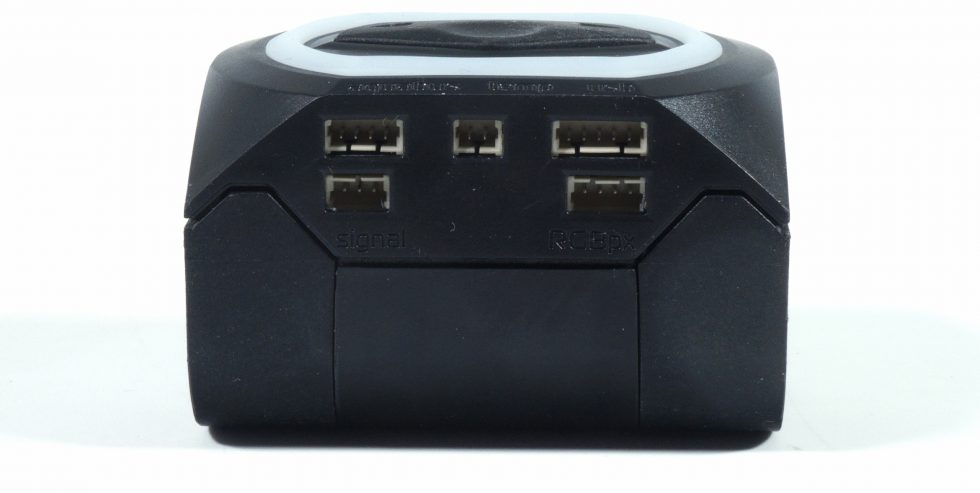 So, that should be enough at this point, because I’m writing a test and not a manual or PR texts for marketing. At this point, I will therefore spare myself the manual creation of a table with copied manufacturer data and instead embed the document from Aqua Computer in the original:
So, that should be enough at this point, because I’m writing a test and not a manual or PR texts for marketing. At this point, I will therefore spare myself the manual creation of a table with copied manufacturer data and instead embed the document from Aqua Computer in the original:
And finally also the manual, so that one can already inform oneself before purchase whether it is really worthwhile for oneself including the expenditure. Whereby the price is already very tempting. Small tip: at the manufacturer it is currently still one of the cheapest.
high_flow_NEXT_de
Aqua Computer Durchflusssensor high flow NEXT (53293)
 | Lagernd im Außenlager, Lieferung 2-3 WerktageStand: 27.07.24 03:53 | 79,89 €*Stand: 27.07.24 03:55 |
| Aqua Computer | Ab Lager verfügbar, Lieferzeit nach DE 1-4 Werktage | 79,90 €*Stand: 27.07.24 03:57 |
 | Lagernd | 84,90 €*Stand: 27.07.24 03:47 |














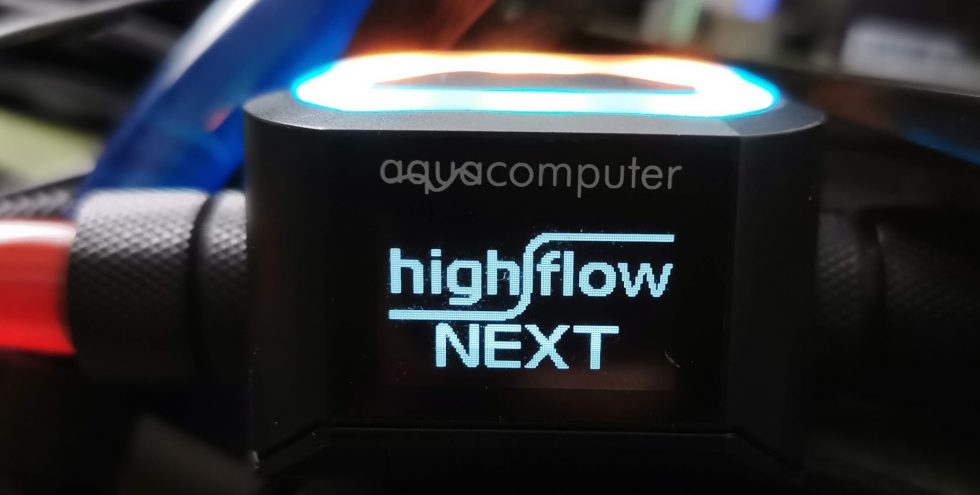
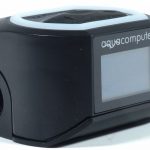
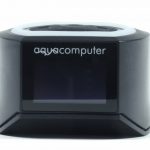
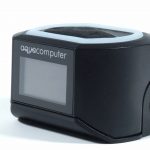
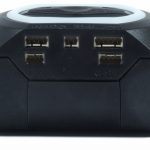
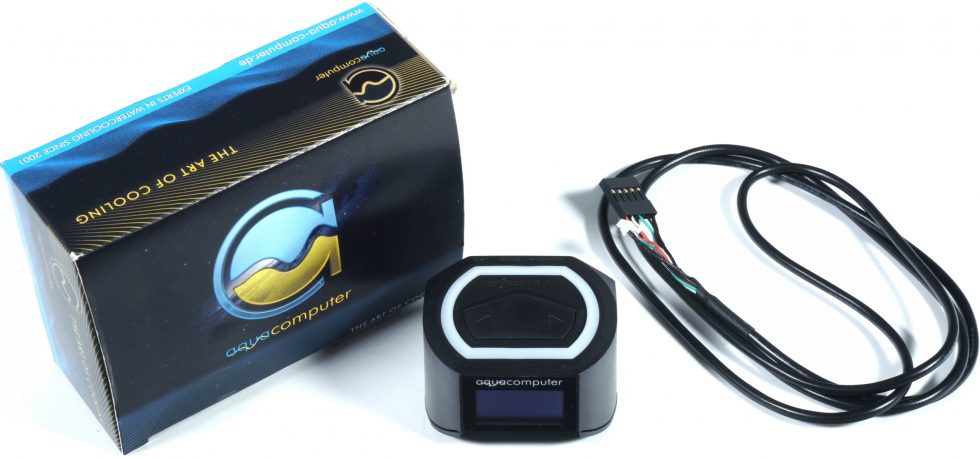
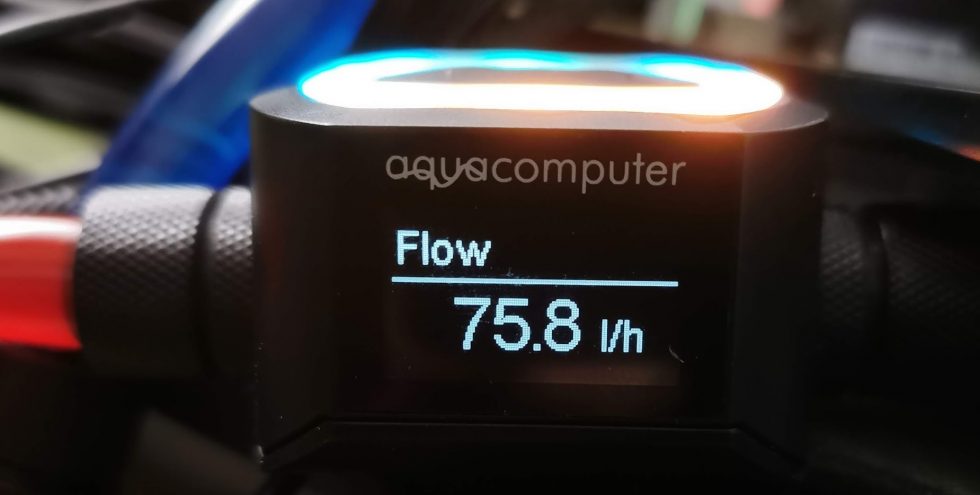
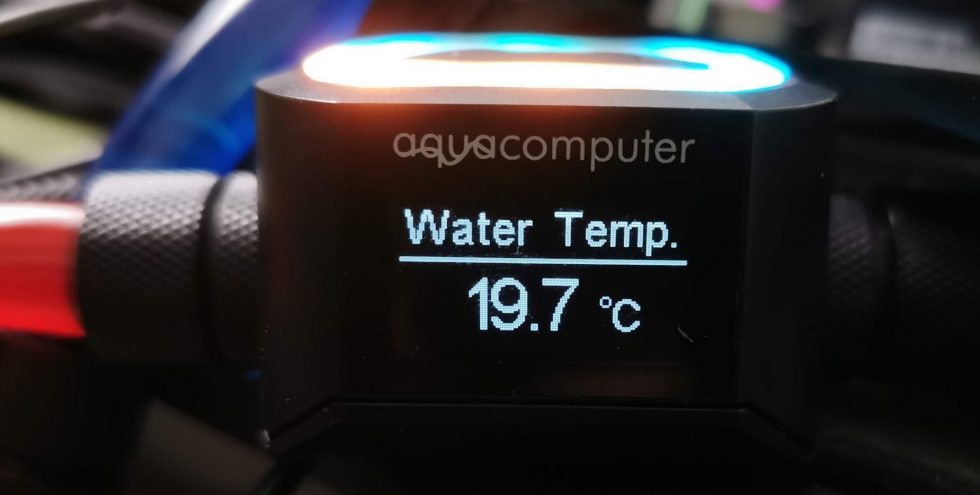
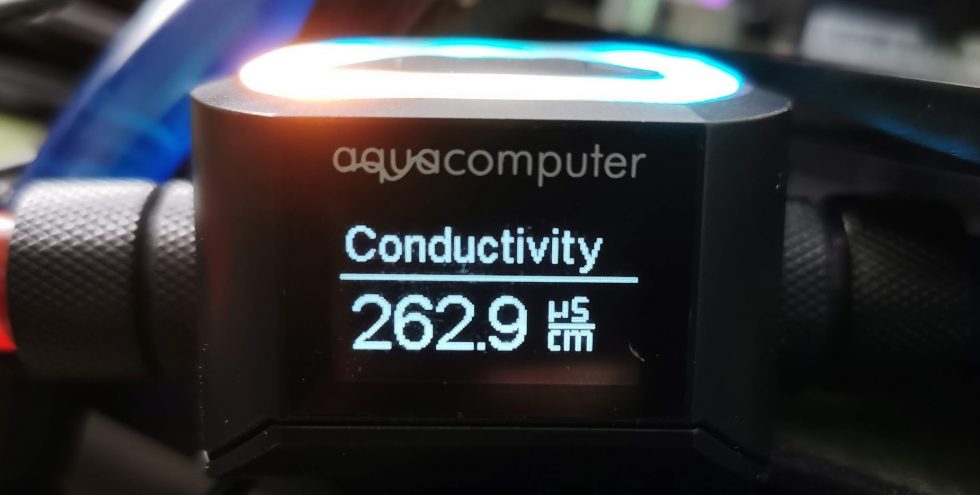
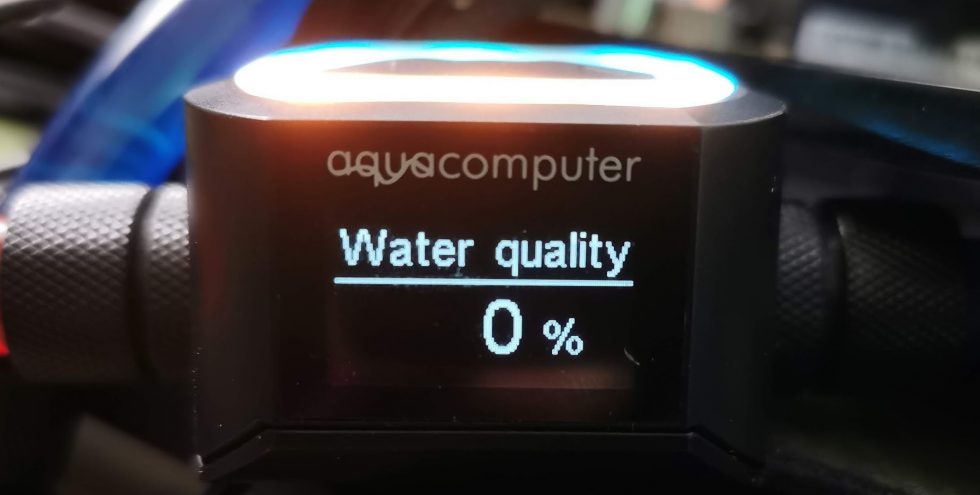


















110 Antworten
Kommentar
Lade neue Kommentare
Urgestein
Mitglied
Urgestein
Urgestein
Urgestein
Mitglied
Urgestein
Mitglied
Urgestein
Mitglied
Urgestein
Urgestein
Mitglied
Neuling
Urgestein
Mitglied
Urgestein
Urgestein
Mitglied
Alle Kommentare lesen unter igor´sLAB Community →